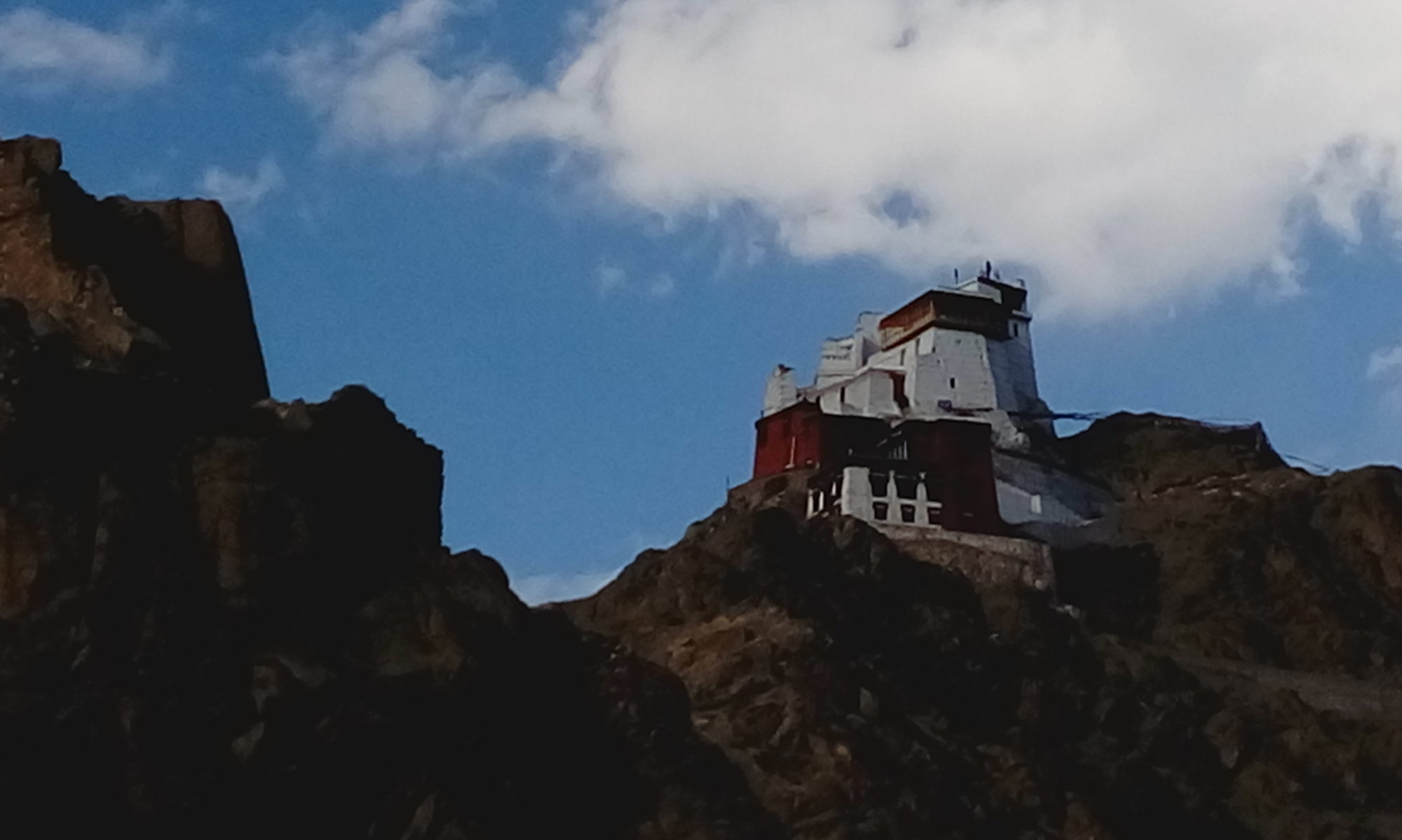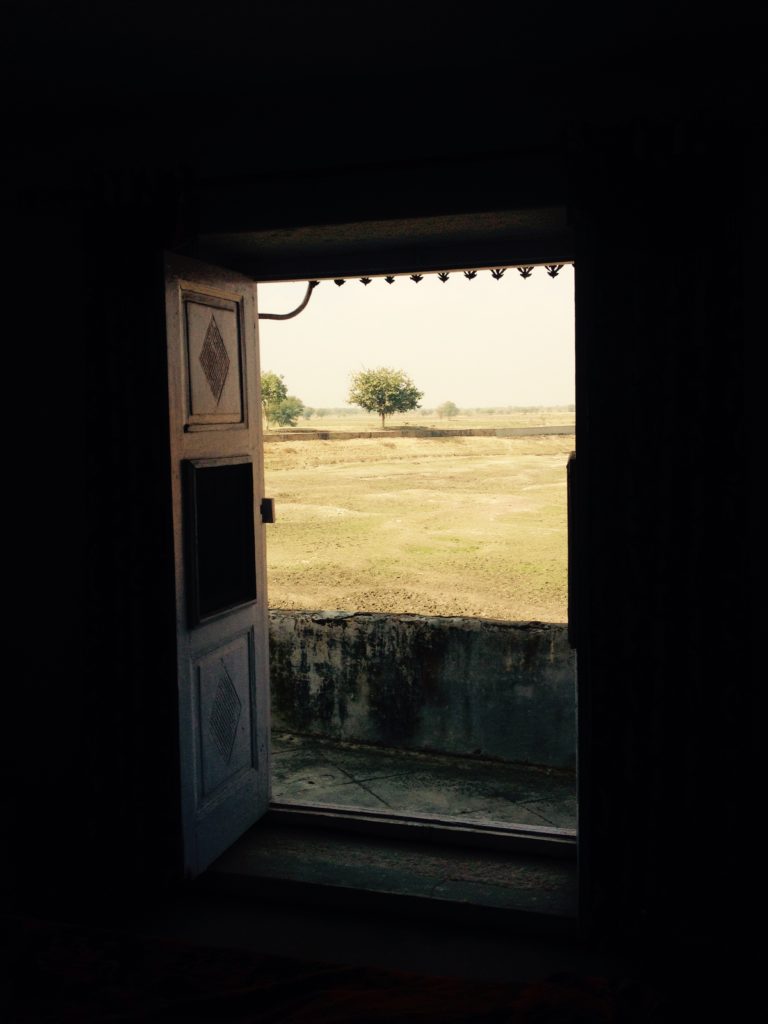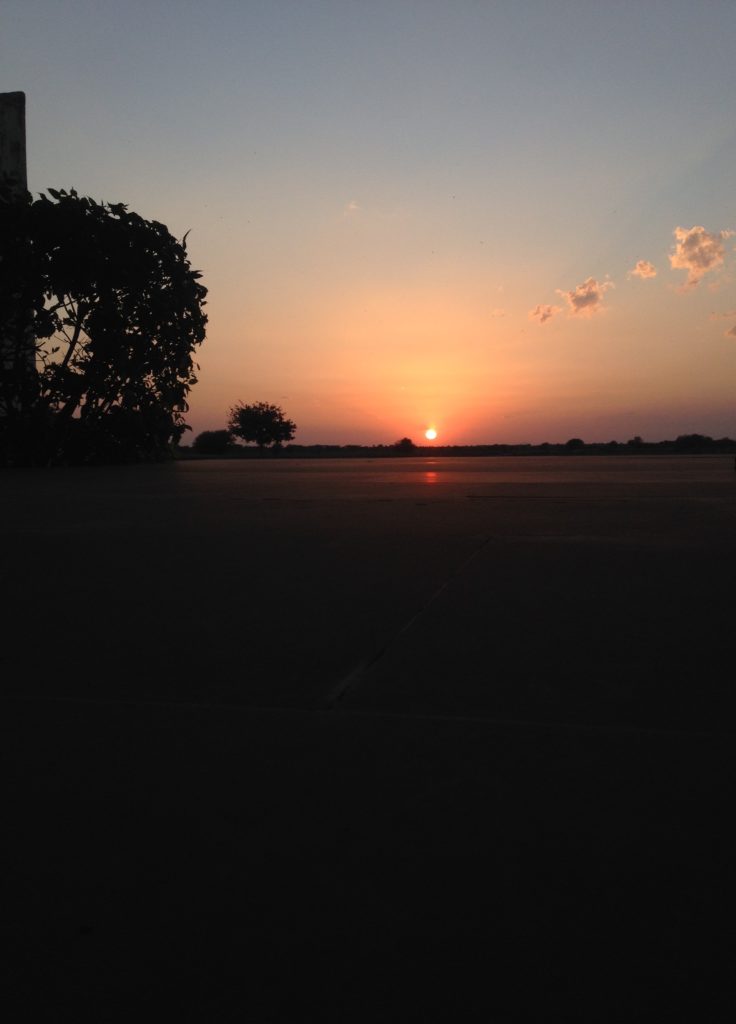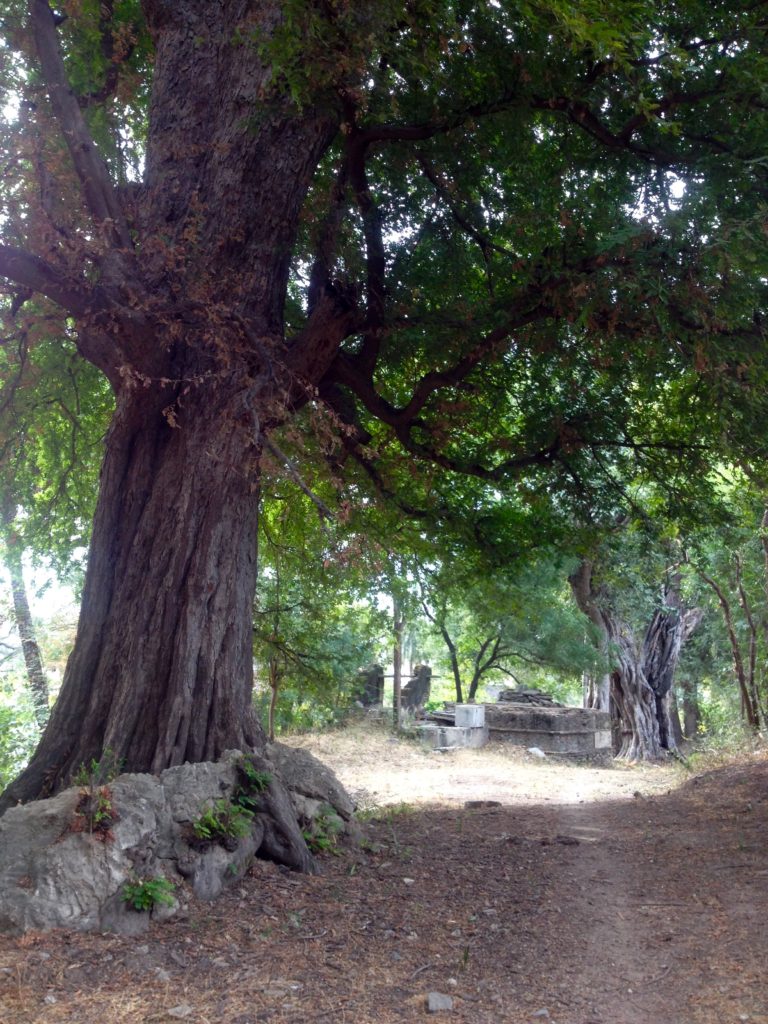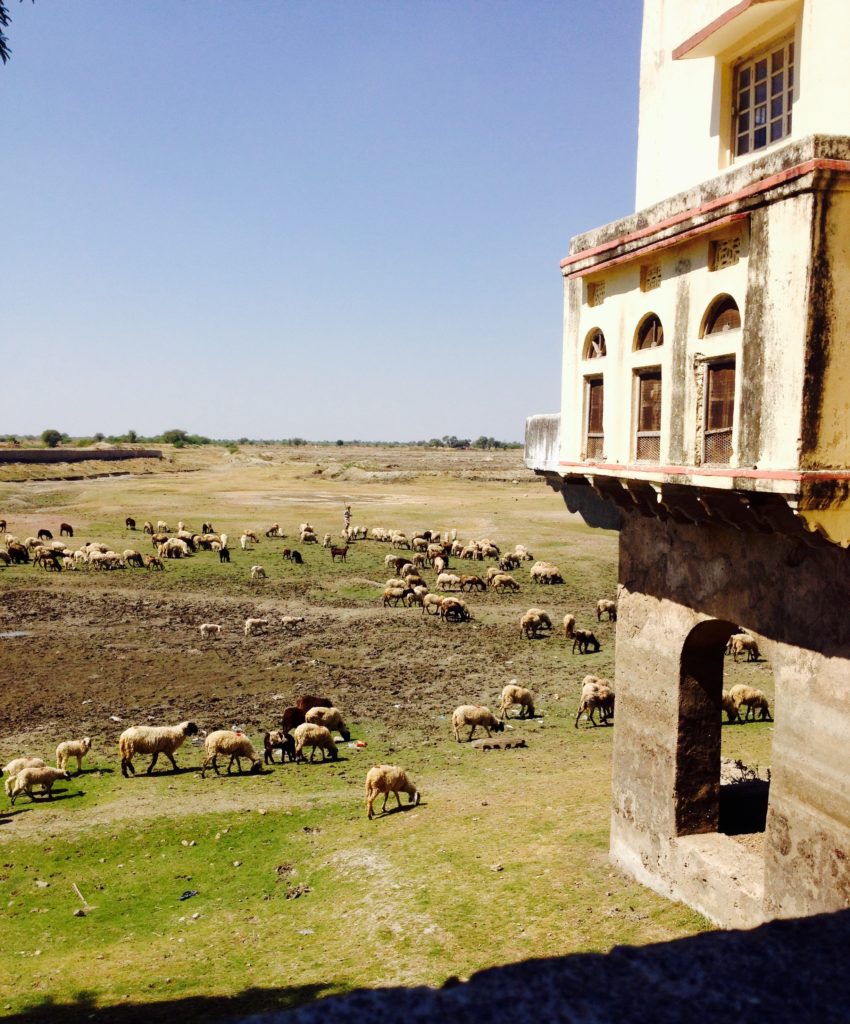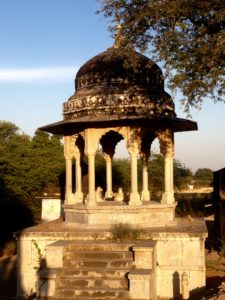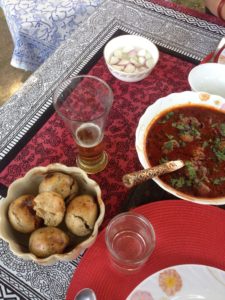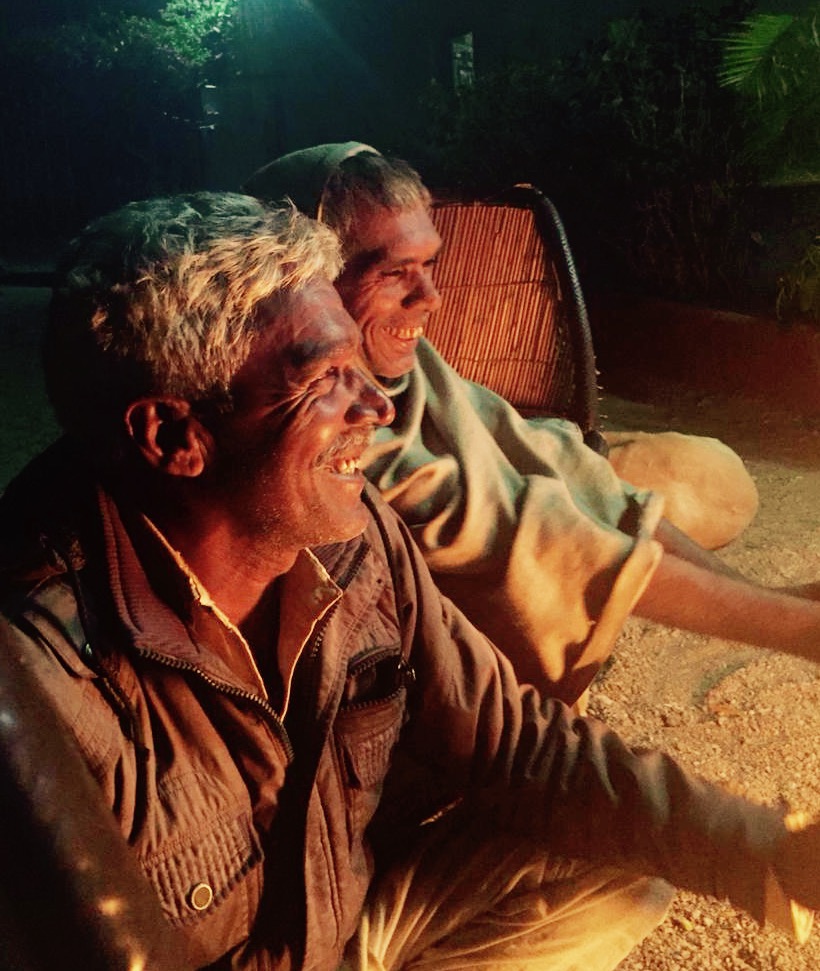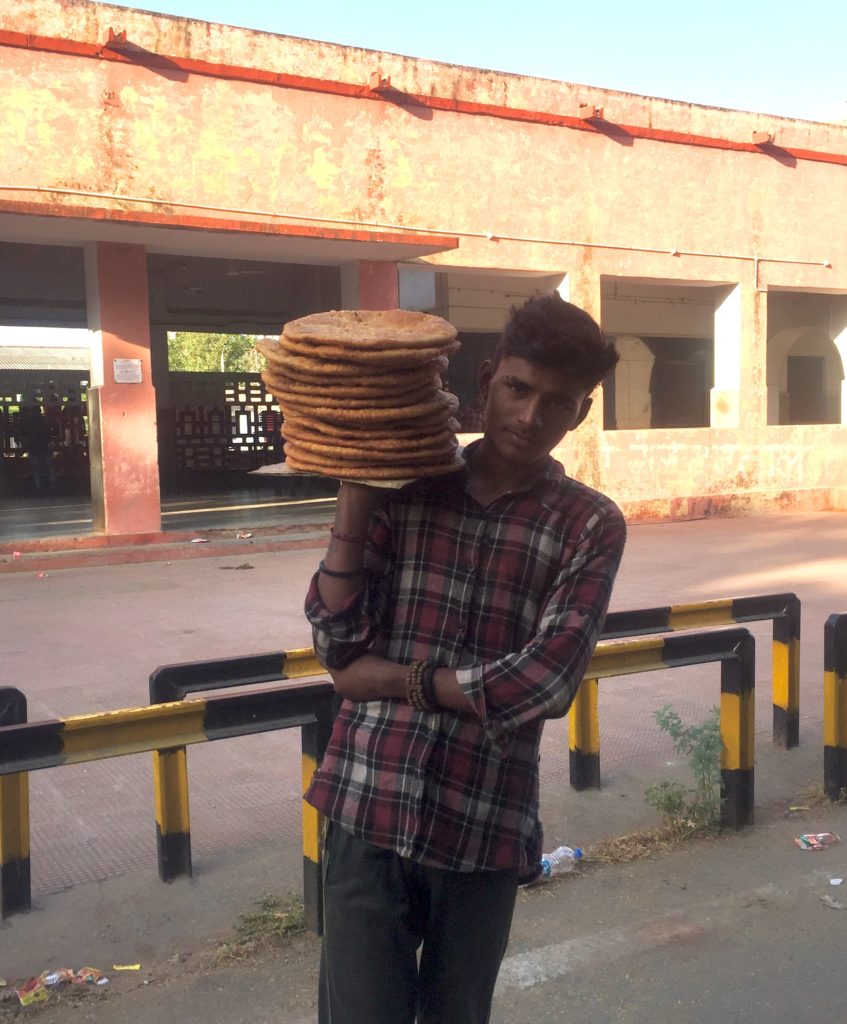
I think my taste buds are prone to sentimentality. They hunger for food that is tinged with nostalgia, which has its own piquant flavor. I don’t recall how old I was when I first had a ‘Kachora’ but I do remember it was pretty much love at first bite. Nasirabad railway station was a stop we started looking forward to in the journey from Ajmer to Mhow because it meant a quick dash to get about half a kachora…,indulgence enough as far as my grandfather was concerned, to be had with tea in ’kulhads’ (earthen cups), before that rocking meter gauge train chugged its way onward. The wheels of time turned and one day I stood seeing off the fiancé at Mhow railway station as he headed towards Nasirabad. Then those wheels turned some more and the railway line converted to broad gauge partly, derailing the journey on that route.
Another train journey gave us – Picture Postcards from Bundelkhand
Railway Station Rendezvous’
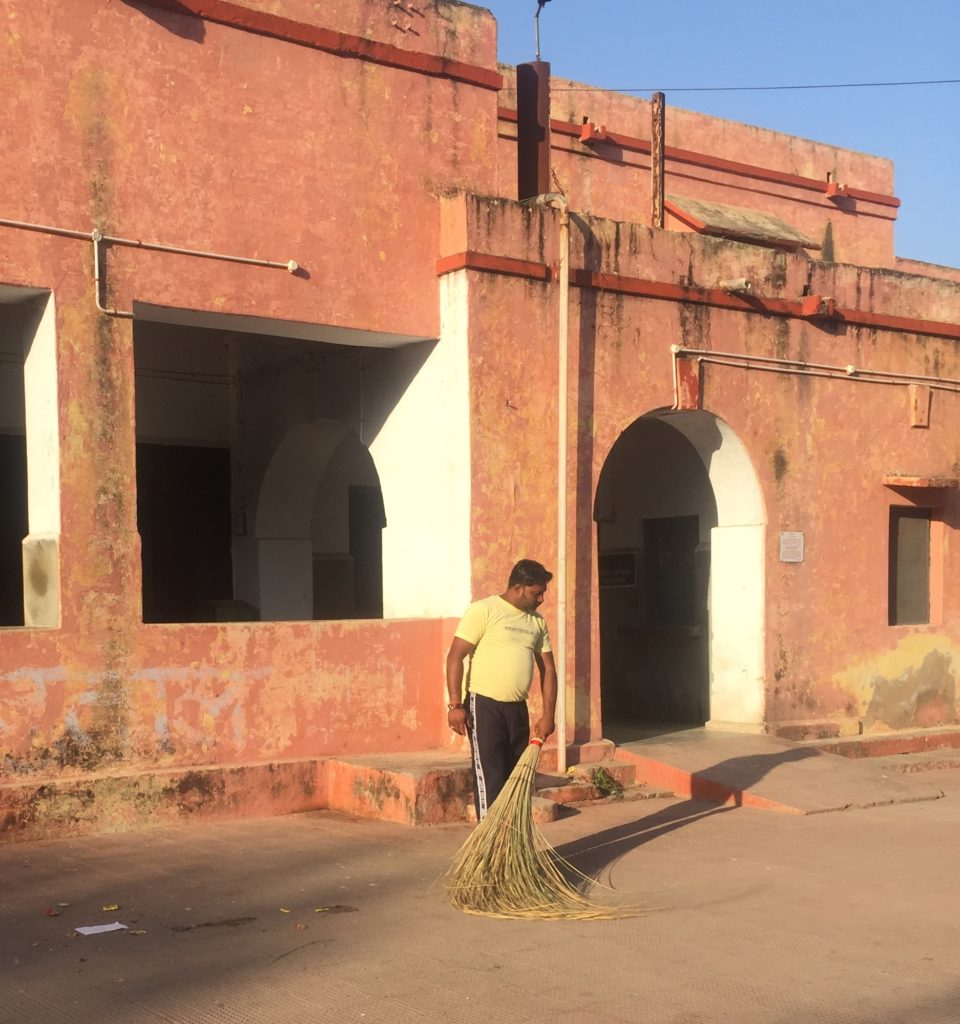
So while in Nasirabad couple of days back we see that we have a few hours to spare. The sentimental taste buds start pulling the emotional chords and I find us heading for an early (By my standard.) cup of tea to the station. We cross some immaculately kept churches. One looking very Scottish with it’s stone tower but still at home somehow in that dry setting. (Well it has had about a century to make itself comfortable.) We turn onto a road with no sign post but the railway line right there gives a hint of the possibility of a station’s location and there it is, one of the smallest stations I’ve ever been to, being swept clean with giant brooms. We are in luck! A young man is carting a big pile of fresh kachoras into the station from the dhaba behind where they are being made over wood fire. For two minutes I delude myself into thinking that they are baked! Only my delusions are half baked! We plonk ourselves on a vacated bench at the platform, watch a train pull in and the kachoras are hawked out in small portions.
Explore the churches of another town in- 3 Churches in Mhow: Discovering Obscure History and Outstanding Carols
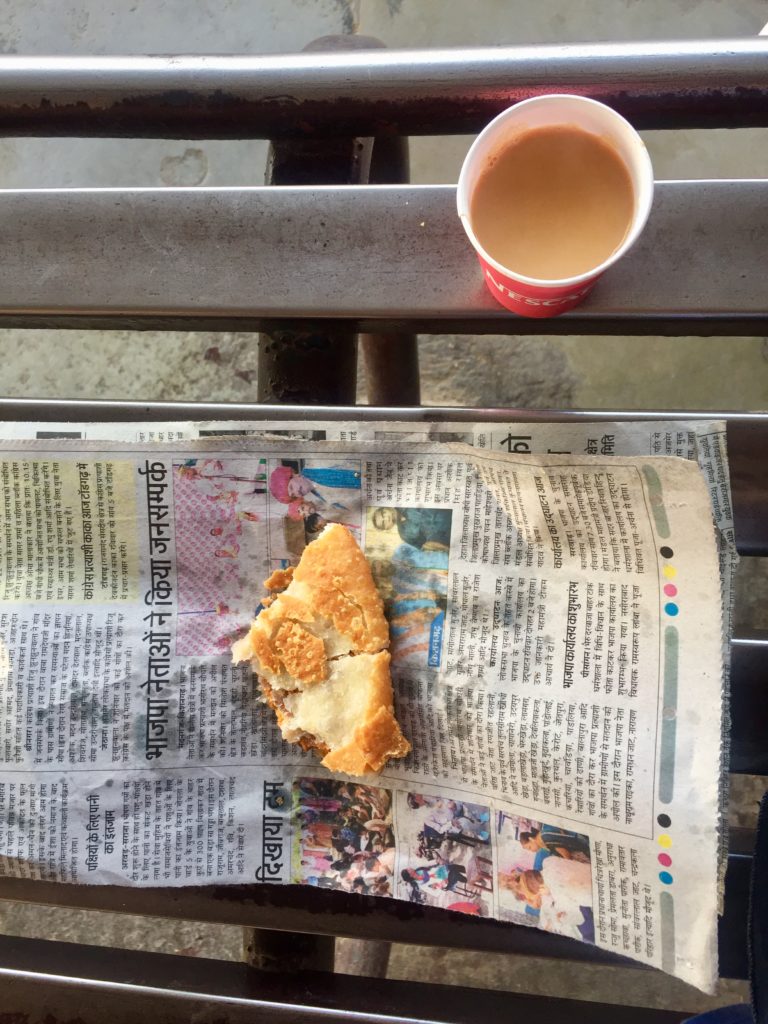
We sip chai and savour our portion of memories- warm, crunchy, the dal stuffing rightly spiced, served on a piece of newspaper. The piping hot cuppa although refreshing, is no longer served in the eco-friendly kulhads. I remember Lalu Prasad as Railway Minister redeeming himself in my eyes a teensy-weensy bit when he reintroduced kulhads on the trains. The proprietor of the shop at the station is delighted but I think a little perplexed too, that we would drive to a railway station for old time sake.
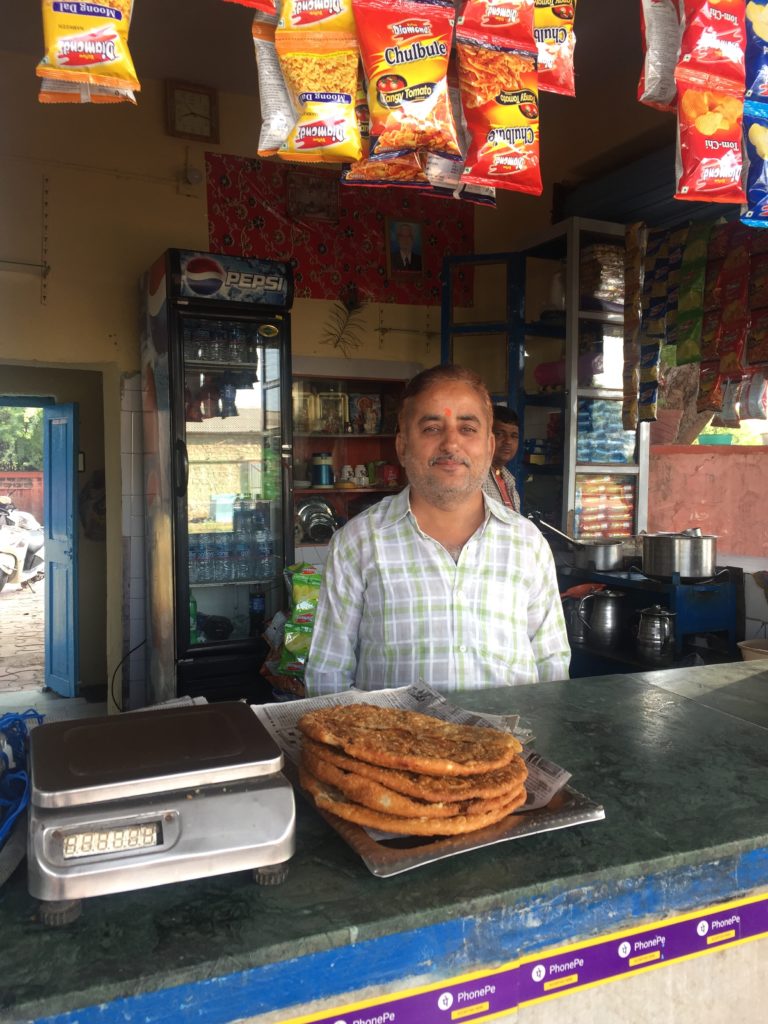
Nasirabad is not a one-horse town!
Then we head towards the other more famous shop near the bus stand which serves kachoras – Chawannilal’s. We cross a ‘tonga’ (Horse cart). Oh my God! There are places where they have not been put to pasture! If there was one other thing associated with railway stations, it was them. The struggle to get a trunk on and off a tonga!! The happy cumbersome ride, the sound of hooves clip-clopping early in the morning through deserted streets & the rousing welcome when we reached the grandparents. We ask for directions and are told of a short cut. Always a bad idea but we never seem to learn! At a turn there is a shed where other horses are munching, untethered. The tongas resting at an angle and the drivers sitting around with their beedis. We turn into one of the narrowest lanes, barely wider than the width of the car. I’m sure the residents must have thought that our car was definitely bigger than our brains! Fortunately it’s a short lane. (It is supposed to be shortcut.) The older houses have jharokas embellishing the windows and colonnaded pillars but it seems the masons of today don’t possess the skills to redo them. So they are being smoothened out while being repaired. All the artistic carving will be one day ironed out into a bland cement wall in time.
Discover the history of another town in- A Bard Sings a Story in Jhansi
Chawannilal’s Culinary Cache
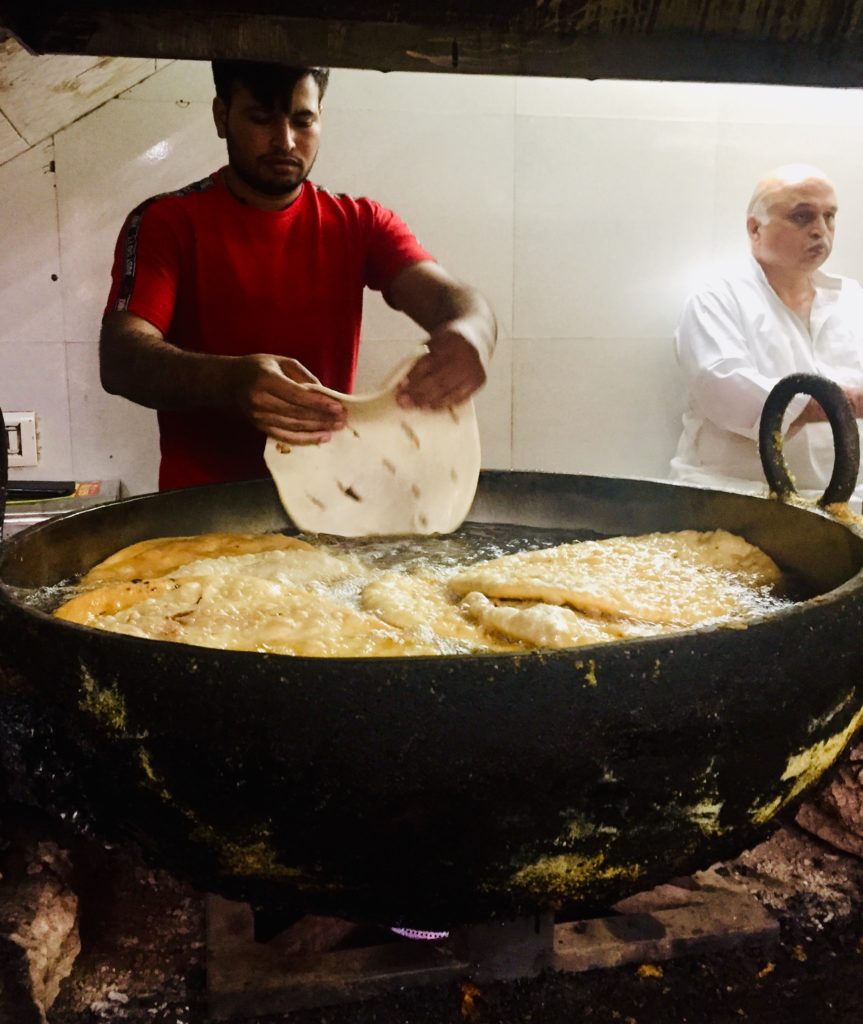
Chawannilal’s shop is right there and bustling. The owner in a crisp white kurta is sitting at the back with an aide, helping make the kachoras. He makes perfect cups of the dough, firmly pats the stuffing in, seals, then rolls them out and finally gently slips them into the massive kadai full of hot oil. (Definitely not baked!) Those half baked illusions of mine evaporate up the fancy chimney forever. Today some kachoras are being shipped all the way to Calcutta. The potato stuffed ones are good too but they don’t stay longer than a day or so. On a smaller wok, at the entrance, jalebis are being made. One guy has a generous helping put on top of his kachora. At the owner’s urging I take a jalebi. It is bite sized, thin, crisp & delicious! I’ve been eyeing the ‘mawa’ cake at the counter and what the heck; now that I’m in a food free fall I have one. Melt in the mouth and rightly sweetened! The cooled kachoras are packed and we have them the next day. They taste even better! Flaky crust peeling off, bits of fennel & coriander popping up in bites of dal, a hint of asafoetida now and then, nostalgia adding flavor, making it warmer, richer and satiating not just the palate. This snack is on my soul food menu, what is on yours?
For another superb Rajasthani culinary journey read- Satiating Nostalgia Under the Winter Rain at Junia
Fact File –
Nasirabad is 21 kms from Ajmer.
Cost of a Kachora –
At the Railway Station – Rs 160 / kg
At Chawannilal – Rs 180 / kg
For more Rajasthani food fables read –
